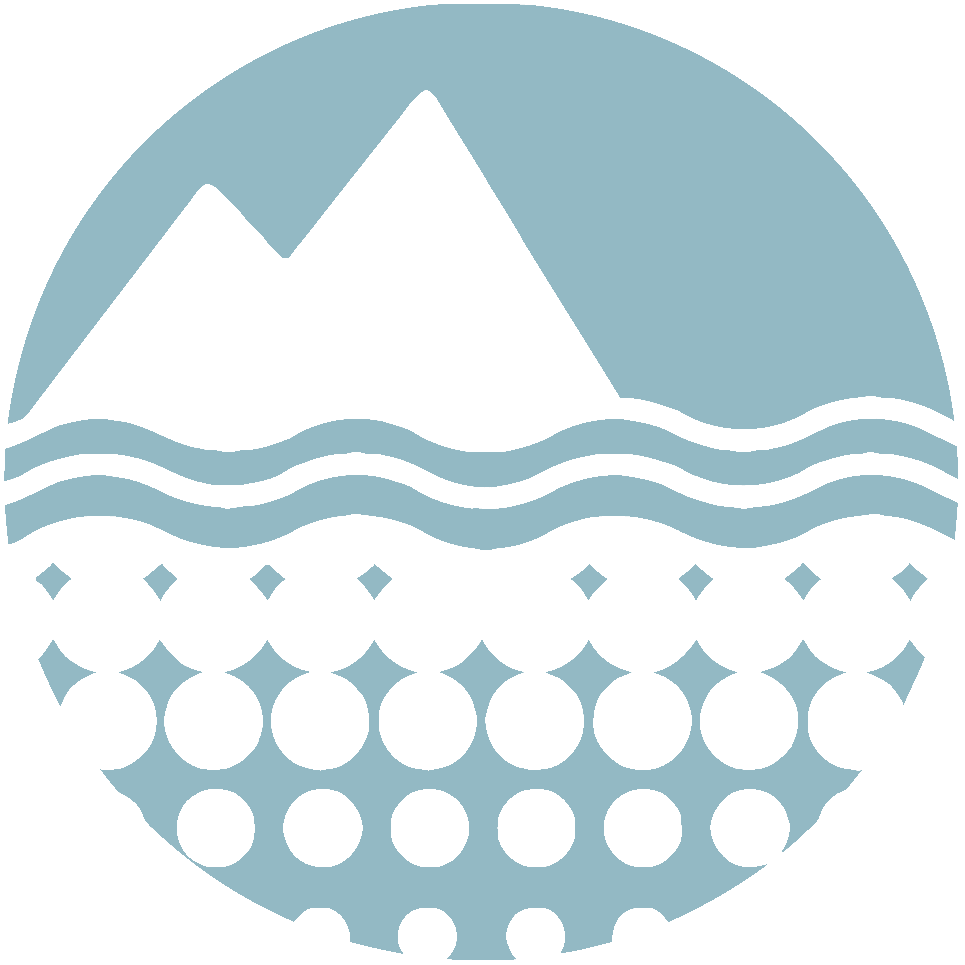

|
NSF-NERC: THwaites Offshore Research (THOR)
Short Title:
ITGC - THOR
Start Date:
2018-03-22
End Date:
2023-03-31
Project Location(s)
Thwaites Glacier
Amundsen Sea Pine Island Bay
Program:
Thwaites (ITGC)
Project Website(s)
Description/Abstract
This project contributes to the joint initiative launched by the U.S. National Science Foundation (NSF) and the U.K. Natural Environment Research Council (NERC) to substantially improve decadal and longer-term projections of ice loss and sea-level rise originating from Thwaites Glacier in West Antarctica. Satellite observations extending over the last 25 years show that Thwaites Glacier is rapidly thinning and accelerating. Over this same period, the Thwaites grounding line, the point at which the glacier transitions from sitting on the seabed to floating, has retreated. Oceanographic studies demonstrate that the main driver of these changes is incursion of warm water from the deep ocean that flows beneath the floating ice shelf and causes basal melting. The period of satellite observation is not long enough to determine how a large glacier, such as Thwaites, responds to long-term and near-term changes in the ocean or the atmosphere. As a result, records of glacier change from the pre-satellite era are required to build a holistic understanding of glacier behavior. Ocean-floor sediments deposited at the retreating grounding line and further offshore contain these longer-term records of changes in the glacier and the adjacent ocean. An additional large unknown is the topography of the seafloor and how it influences interactions of landward-flowing warm water with Thwaites Glacier and affects its stability. Consequently, this project focuses on the seafloor offshore from Thwaites Glacier and the records of past glacial and ocean change contained in the sediments deposited by the glacier and surrounding ocean.
Uncertainty in model projections of the future of Thwaites Glacier will be significantly reduced by cross-disciplinary investigations seaward of the current grounding line, including extracting the record of decadal to millennial variations in warm water incursion, determining the pre-satellite era history of grounding-line migration, and constraining the bathymetric pathways that control flow of warm water to the grounding line. Sedimentary records and glacial landforms preserved on the seafloor will allow reconstruction of changes in drivers and the glacial response to them over a range of timescales, thus providing reference data that can be used to initiate and evaluate the reliability of models. Such data will further provide insights on the influence of poorly understood processes on marine ice sheet dynamics. This project will include an integrated suite of marine and sub-ice shelf research activities aimed at establishing boundary conditions seaward of the Thwaites Glacier grounding line, obtaining records of the external drivers of change, improving knowledge of processes leading to collapse of Thwaites Glacier, and determining the history of past change in grounding line migration and conditions at the glacier base. These objectives will be achieved through high-resolution geophysical surveys of the seafloor and analysis of sediments collected in cores from the inner shelf seaward of the Thwaites Glacier grounding line using ship-based equipment, and from beneath the ice shelf using a corer deployed through the ice shelf via hot water drill holes. This award reflects NSF's statutory mission and has been deemed worthy of support through evaluation using the Foundation's intellectual merit and broader impacts review criteria.
Personnel
AMD - DIF Record(s)
Data Management Plan
Product Level:
1 (processed data)
Datasets
Publications
Keywords
Platforms and Instruments
|
This project has been viewed 144 times since May 2019 (based on unique date-IP combinations)